Leaf's Reviews
Children's, Middle Grade, and Young Adult Book Reviews


 I often rate books on Goodreads and then, later, last-second change the rating as I type the review. I suppose there’s something about thinking through a book that makes me change my mind. Sometimes the rating is higher, but more often than not I change it to a lower rating.
I often rate books on Goodreads and then, later, last-second change the rating as I type the review. I suppose there’s something about thinking through a book that makes me change my mind. Sometimes the rating is higher, but more often than not I change it to a lower rating.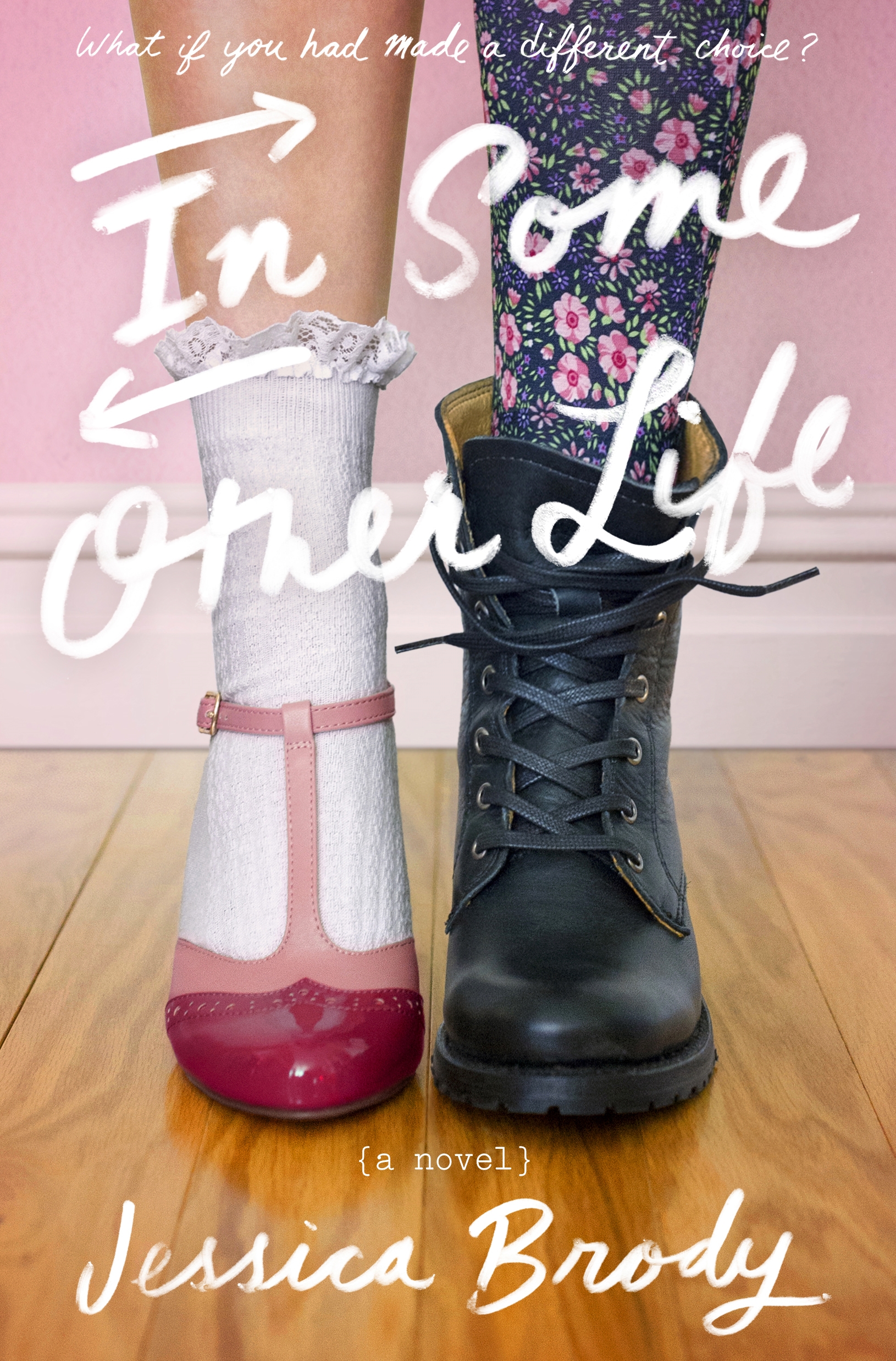 In Some Other Life, though fairly predictable and pretty unsubtle in its themes, is still a really interesting and engaging novel about a high school senior who gets to experience the other side of a “What if…?” The main character, Kennedy, wonders what would happen if she had made a different choice of high schools…cue fall down the stairs, cue waking up in a parallel universe.
In Some Other Life, though fairly predictable and pretty unsubtle in its themes, is still a really interesting and engaging novel about a high school senior who gets to experience the other side of a “What if…?” The main character, Kennedy, wonders what would happen if she had made a different choice of high schools…cue fall down the stairs, cue waking up in a parallel universe.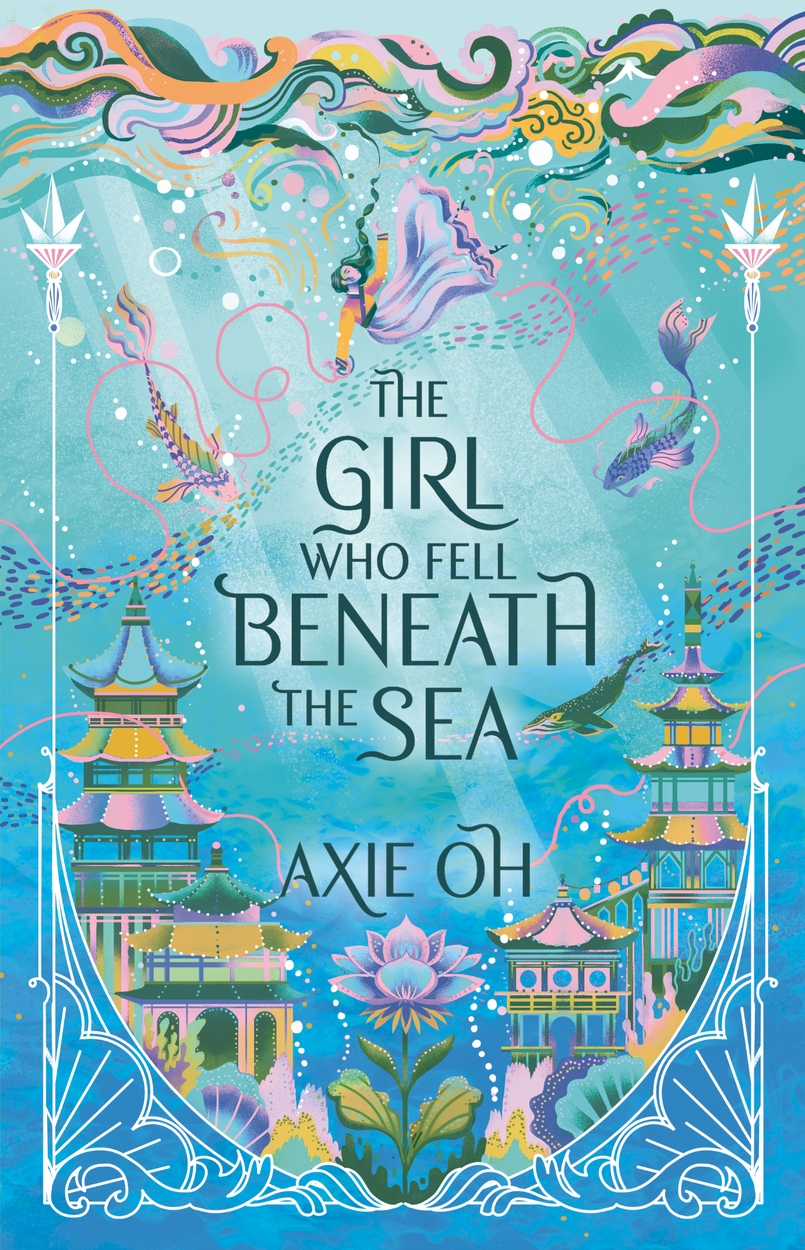 The Girl Who Fell Beneath the Sea is a retelling of the Korean folktale “The Story of Sim Cheong,” although after doing some research into the latter, it really seems more like an alternative storyline focused on a different person. Whatever the case may be, I thoroughly enjoyed this beautiful, sweet story about Mina, an average girl whose bravery and determination saves the day.
The Girl Who Fell Beneath the Sea is a retelling of the Korean folktale “The Story of Sim Cheong,” although after doing some research into the latter, it really seems more like an alternative storyline focused on a different person. Whatever the case may be, I thoroughly enjoyed this beautiful, sweet story about Mina, an average girl whose bravery and determination saves the day. The Dragon’s Promise follows the trend of previous Elizabeth Lim stories (and other similar duologies in general) with a sequel to a fairy tale retelling that is less reliant on the fairytale and more expansion of the world. And, like other books of this kind, I found the sequel to be far less interesting. I really enjoyed Six Crimson Cranes, but I struggled to get through The Dragon’s Promise.
The Dragon’s Promise follows the trend of previous Elizabeth Lim stories (and other similar duologies in general) with a sequel to a fairy tale retelling that is less reliant on the fairytale and more expansion of the world. And, like other books of this kind, I found the sequel to be far less interesting. I really enjoyed Six Crimson Cranes, but I struggled to get through The Dragon’s Promise. Lola at Last is the sequel to Being Mary Bennet and features the youngest Barnes sister, Lola, the “Lydia Bennet” of the family. In this book, Lola learns to navigate new friends, activities, and relationships as she struggles to move on from a scandal that uprooted the life she thought she knew how to control.
Lola at Last is the sequel to Being Mary Bennet and features the youngest Barnes sister, Lola, the “Lydia Bennet” of the family. In this book, Lola learns to navigate new friends, activities, and relationships as she struggles to move on from a scandal that uprooted the life she thought she knew how to control.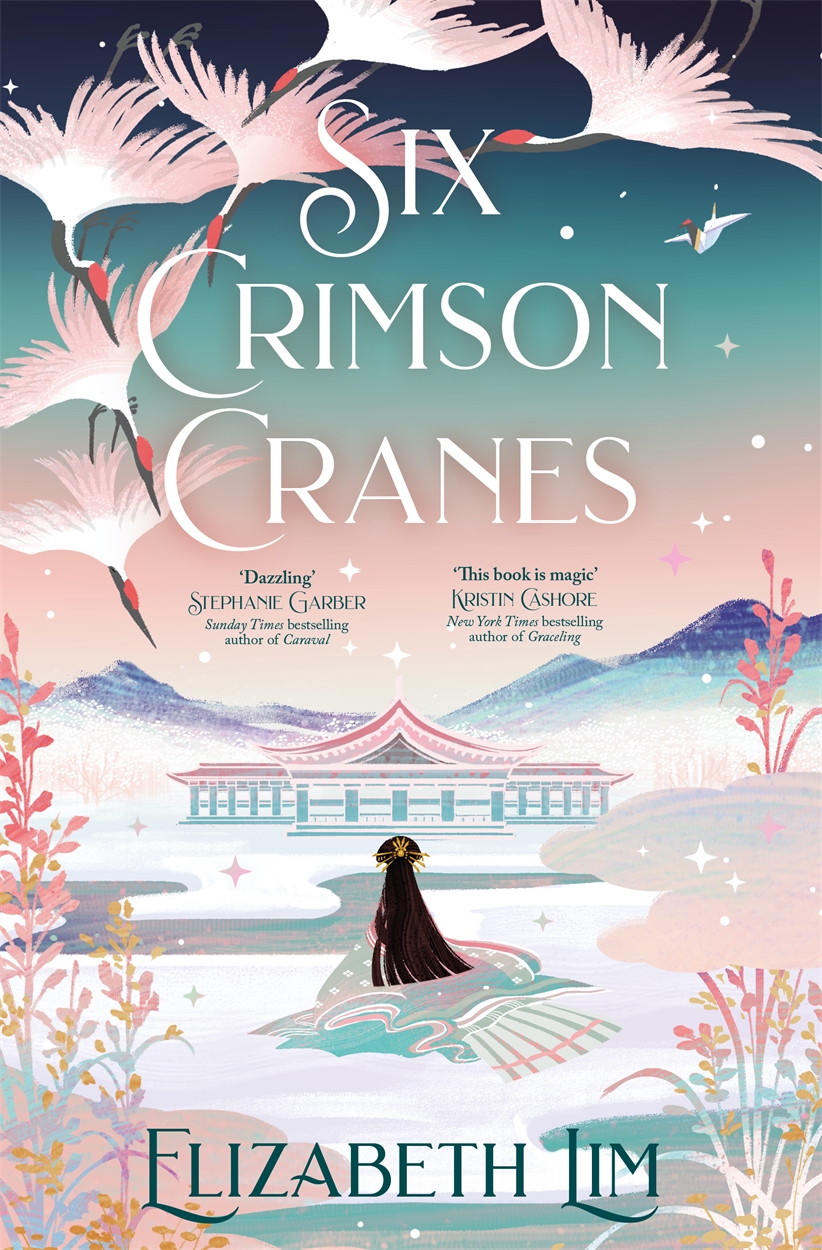 Six Crimson Cranes is an adaptation of “The Wild Swans”; in the same vein as similar fairytale retellings, Lim takes the fairytale and spins a fantasy world and plot out of it, using it as inspiration for her own world. Those familiar with the fairy tale will know where the story is going, but Lim also adds in enough of her own to make the ending, and thus the sequel, unique.
Six Crimson Cranes is an adaptation of “The Wild Swans”; in the same vein as similar fairytale retellings, Lim takes the fairytale and spins a fantasy world and plot out of it, using it as inspiration for her own world. Those familiar with the fairy tale will know where the story is going, but Lim also adds in enough of her own to make the ending, and thus the sequel, unique. Sisters of Sword and Song is my least favorite Rebecca Ross novel so far (since writing this, it’s now Divine Rivals). It’s her third one overall, and a stand-alone, much like Dreams Lie Beneath. The setting is a Greek-inspired fantasy world, where mages and common people live side-by-side. Mages have strict rules placed over them to prevent abuse of others; relics of the gods are coveted as they have special traits. The plot concerns the search for one of these relics to prevent the rising misuse of magic by powerful mages.
Sisters of Sword and Song is my least favorite Rebecca Ross novel so far (since writing this, it’s now Divine Rivals). It’s her third one overall, and a stand-alone, much like Dreams Lie Beneath. The setting is a Greek-inspired fantasy world, where mages and common people live side-by-side. Mages have strict rules placed over them to prevent abuse of others; relics of the gods are coveted as they have special traits. The plot concerns the search for one of these relics to prevent the rising misuse of magic by powerful mages.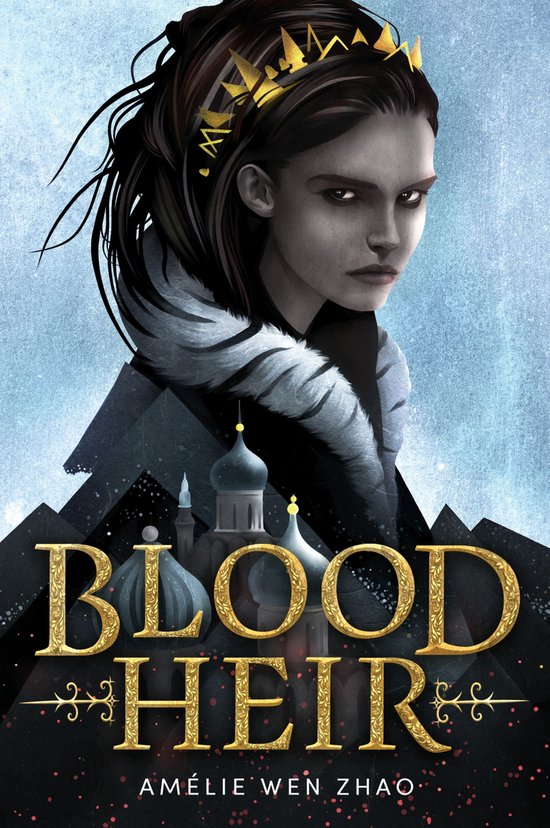 Blood Heir is a YA fantasy that is a little reminiscent of a cross between Shadow and Bone and Avatar: The Last Airbender. Set in a faux-Russian setting, people with the power to control the elements—Affinities—are used and feared for their powers, resulting in forced servitude through contracts. Cue our protagonist, a powerful Bloodbender—I mean, blood Affinite—who learns through personal exposure of the rot in her kingdom while trying to come to terms with her own power and falling in love with a rogueish, handsome con man who has his own dark past.
Blood Heir is a YA fantasy that is a little reminiscent of a cross between Shadow and Bone and Avatar: The Last Airbender. Set in a faux-Russian setting, people with the power to control the elements—Affinities—are used and feared for their powers, resulting in forced servitude through contracts. Cue our protagonist, a powerful Bloodbender—I mean, blood Affinite—who learns through personal exposure of the rot in her kingdom while trying to come to terms with her own power and falling in love with a rogueish, handsome con man who has his own dark past.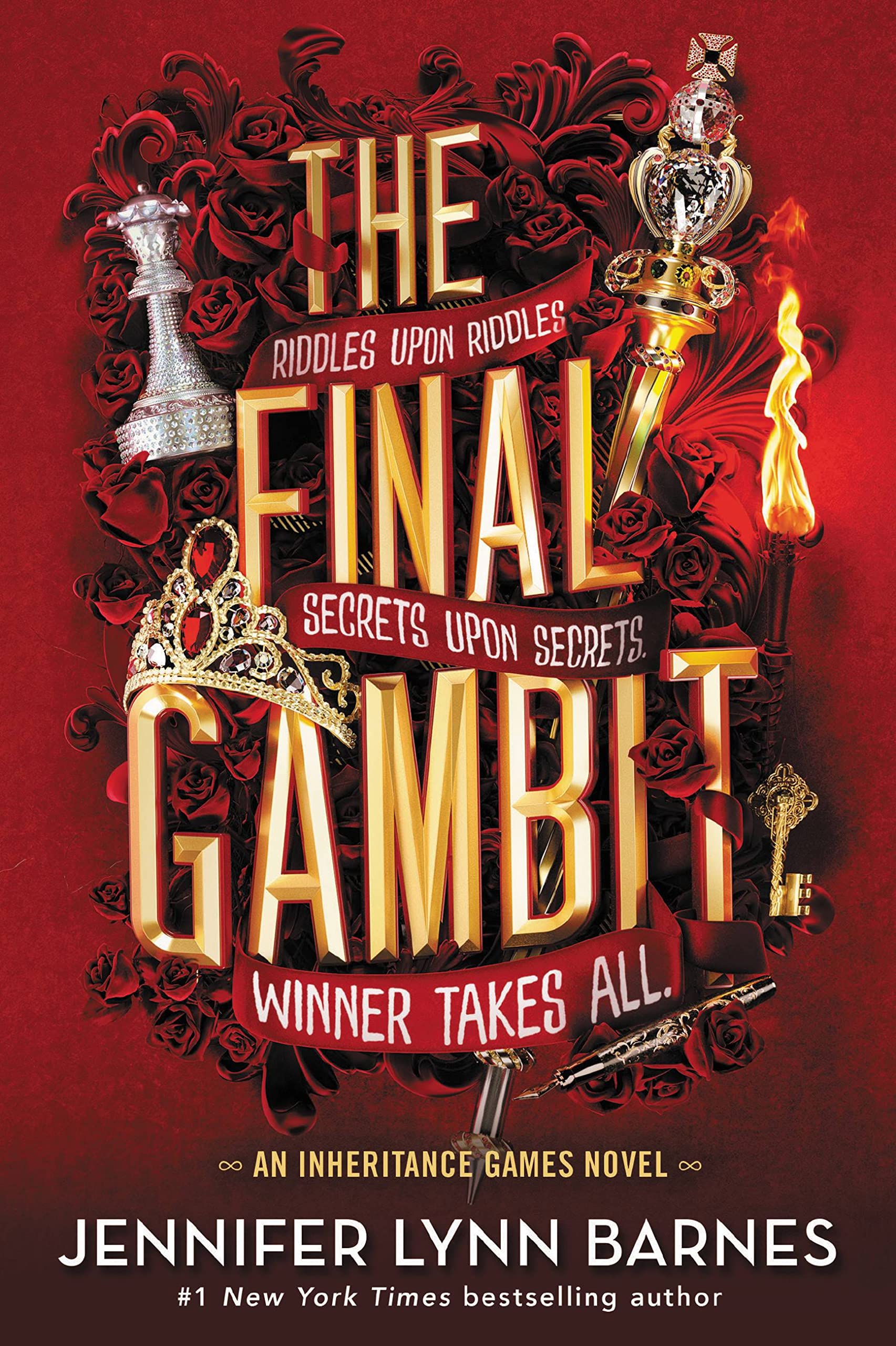 The Final Gambit is a decent enough ending to a trilogy whose plot, though contrived and unrealistic, was interesting enough to keep me reading. Though Barnes narrows everything down to a “rich people bad” simplistic message, even having the protagonist start shedding her wealth the instant she receives it (because eighteen-year-olds are so naturally altruistic), the characters’ realization of and struggle with the consequences of power and greed in the lives of people rings natural and true.
The Final Gambit is a decent enough ending to a trilogy whose plot, though contrived and unrealistic, was interesting enough to keep me reading. Though Barnes narrows everything down to a “rich people bad” simplistic message, even having the protagonist start shedding her wealth the instant she receives it (because eighteen-year-olds are so naturally altruistic), the characters’ realization of and struggle with the consequences of power and greed in the lives of people rings natural and true. Holly Jackson had a fairly successful YA murder mystery trilogy (though I thought the 3rd book was bad), so when I saw she had published another book, I picked it up. Five Survive is a thriller/mystery about a group of 6 people (teenagers plus a couple of young adults) who, on the way to spring break in an RV, end up breaking down in the middle of nowhere and find themselves caught right in the sights of a mysterious sniper, who demands a secret from them.
Holly Jackson had a fairly successful YA murder mystery trilogy (though I thought the 3rd book was bad), so when I saw she had published another book, I picked it up. Five Survive is a thriller/mystery about a group of 6 people (teenagers plus a couple of young adults) who, on the way to spring break in an RV, end up breaking down in the middle of nowhere and find themselves caught right in the sights of a mysterious sniper, who demands a secret from them.